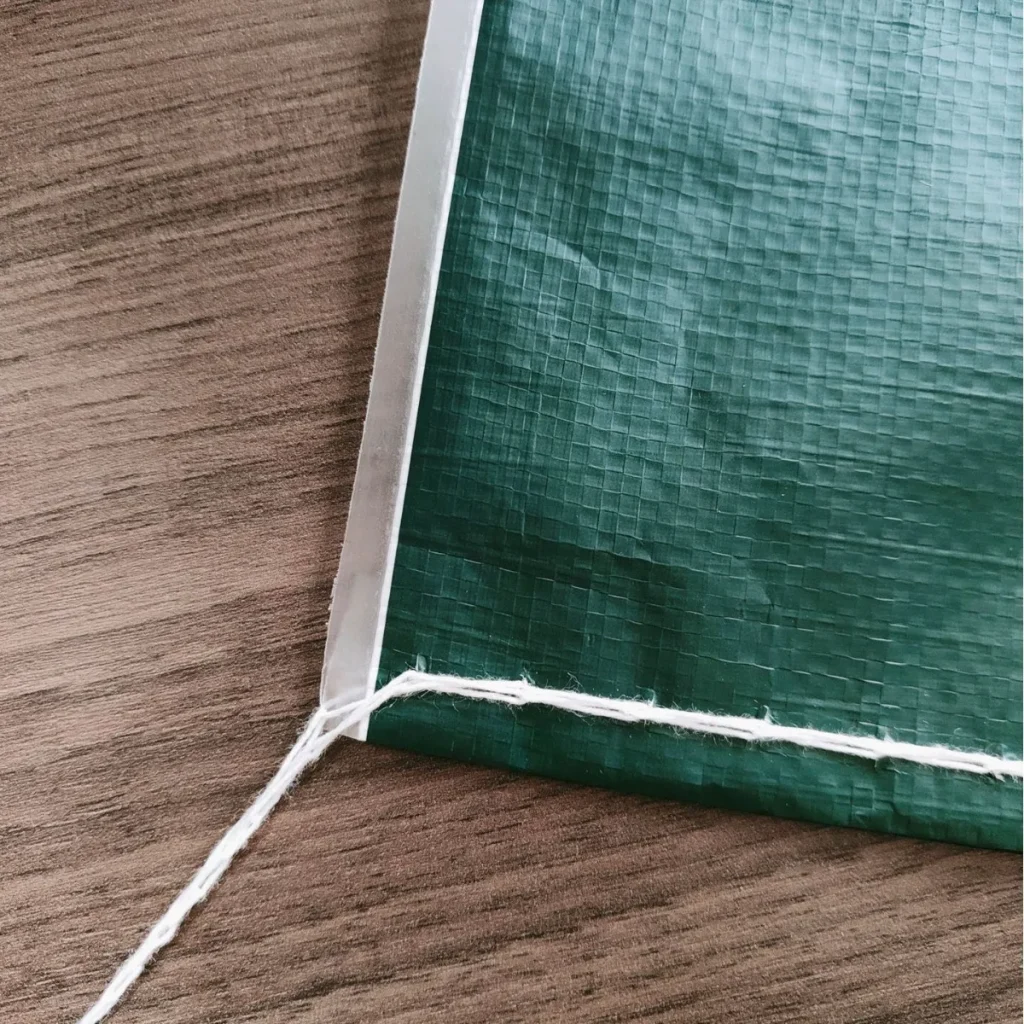
Laminated Woven Bags have become a preferred choice for packaging various chemical products due to their durability and protective features. This article will explore the multi-layered co-extrusion blown film process used in producing these bags and discuss how to select the appropriate packaging for chemicals such as fertilizers, plastic granules, activated carbon, carbon black, and disinfectants. Understanding the unique characteristics of these chemical products is essential for ensuring their safe and efficient transport and storage.
The Advantages of Laminated Woven Bags
Laminated Woven Bags, particularly BOPP Woven Bags, utilize a multi-layered approach that enhances their structural integrity and moisture resistance. The multi-wall woven bags consist of layers of woven polypropylene fabric that are coated with a thin layer of BOPP (Biaxially Oriented Polypropylene). This unique composition provides several benefits:
- Moisture Resistance: The laminated surface protects the contents from moisture, a crucial factor when packaging hygroscopic materials like fertilizers and certain chemicals.
- Strength and Durability: The robust construction of Laminated PP bags ensures that they can withstand rough handling during transportation without tearing or rupturing.
- Customizability: These bags can be designed with specific dimensions, printing, and features tailored to the product being packaged, enhancing branding and visibility in the market.
- Chemical Resistance: Laminated Woven Sacks provide excellent protection against a variety of chemicals, making them suitable for diverse applications in the chemical industry.
Selecting the Right Laminated Woven Bags for Chemical Products
When choosing Laminated Woven Bags for packaging chemical products, several factors must be considered to ensure optimal performance and safety. Below is a detailed guide to assist in the selection process.
1. Product Characteristics
Different chemical products have unique properties that affect their packaging requirements. Here is a comparison of various chemical products and their packaging needs:
| Chemical Product | Properties | Packaging Requirements |
|---|---|---|
| Fertilizers | Hygroscopic, reactive | Moisture-resistant, durable, labeled clearly |
| Plastic Granules | Bulk density varies | Strong and durable, stackable |
| Activated Carbon | Adsorptive, dust-prone | Airtight and moisture-resistant |
| Carbon Black | Fine particulate, may clump | Strong, puncture-resistant, moisture barrier |
| Disinfectants | Liquid or powder, corrosive | Chemical-resistant, moisture-resistant, sealed |
Each of these products presents distinct challenges that can influence the type of Laminated Woven Bags best suited for them.
2. Layer Structure
The number of layers in the bag plays a crucial role in its performance. Multi-wall woven bags typically have several layers of fabric that provide additional strength and moisture protection. For instance, when packaging products like activated carbon, which can generate dust, bags with a higher number of layers can minimize leakage and protect the product integrity.
3. Material Quality
Selecting high-quality raw materials is paramount in producing effective Laminated Woven Bags. The polypropylene used should meet industry standards to ensure that the bags can handle the specific requirements of the packaged chemicals, such as resistance to chemicals and moisture.
4. Custom Features
Customization options can enhance the functionality of the bags. Features such as:
- Handles or D-rings for ease of handling
- Ventilation holes for breathable packaging of certain chemicals
- Reinforced seams to prevent tearing under heavy loads
These features can improve usability and help meet specific regulatory requirements for chemical packaging.
5. Regulatory Compliance
Chemical products often require compliance with stringent regulations concerning packaging and labeling. Laminated Woven Bags must adhere to these regulations, which may include:
- Clear labeling indicating the type of chemical
- Safety warnings
- Handling instructions
Ensuring that the bags meet these standards is critical for safe transportation and storage.
Special Considerations for Chemical Packaging
When it comes to packaging chemical products, several additional considerations must be taken into account:
- Moisture Control: Many chemicals are sensitive to moisture. It’s crucial to choose Laminated Woven Bags that offer superior moisture protection to prevent degradation of the contents.
- Puncture Resistance: Chemicals like carbon black can be abrasive. The chosen bags should have a high puncture resistance to maintain integrity throughout transportation and storage.
- Dust Prevention: For powdered chemicals, the bags must be designed to prevent dust emissions, which can be harmful to the environment and safety. This is particularly important for products like activated carbon, where loose dust can escape during handling.
- Compatibility with Chemicals: Ensure that the materials used in the Laminated Woven Bags are compatible with the chemicals they will contain. For example, corrosive chemicals may require specific types of protective coatings.
- Recycling and Environmental Impact: As sustainability becomes increasingly important, consider the recyclability of the packaging materials. Using recyclable Laminated Woven Bags can contribute to environmental protection efforts while meeting regulatory demands.
Conclusion
Selecting the right packaging for chemical products involves understanding the unique characteristics of the products and the properties of the packaging materials. Laminated Woven Bags offer a robust, moisture-resistant, and customizable solution for various chemical applications. By considering the factors outlined above, companies can ensure they choose the most suitable Laminated Woven Bags for their specific needs.
For more detailed information on the benefits and applications of these bags, visit Laminated Woven Bags.